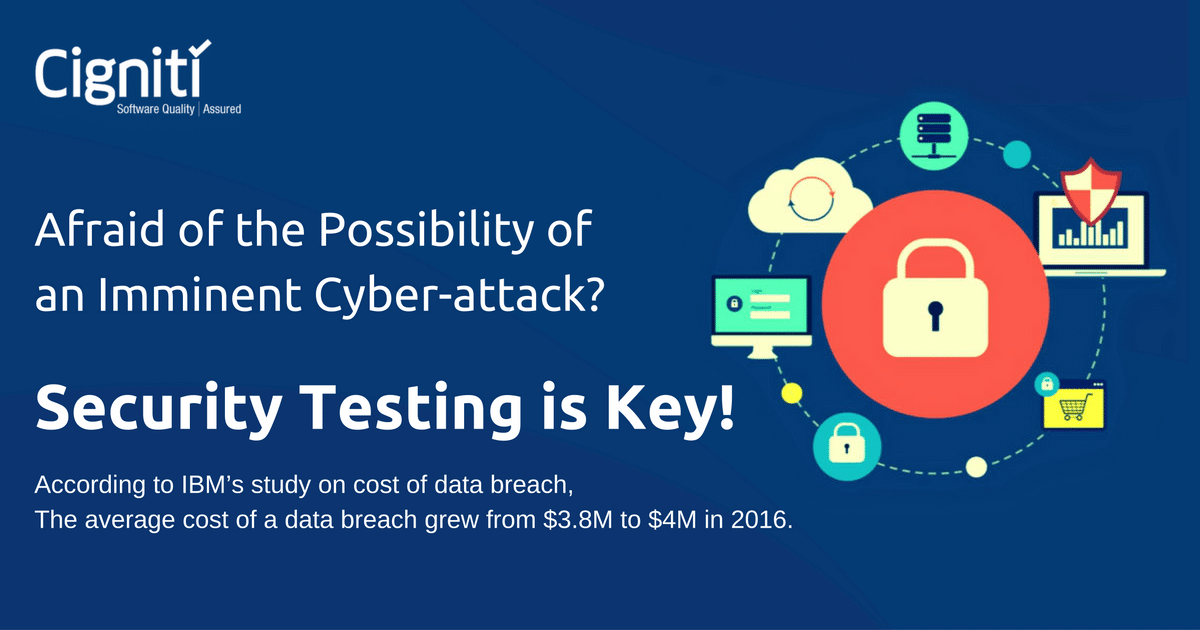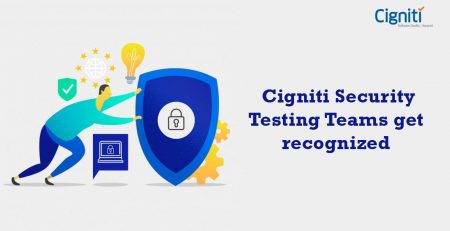Detecting Software Security issues before Hackers Strike
|
Listen on the go!
|
In today’s connected IT world, the damage caused due to online security breach is well known. The brand and reputation of the enterprise is damaged if hackers gain access to corporate systems, and it also costs a lot of dollars in order to repair the damage caused. The consequences are similar for businesses dealing in creating embedded and mobile systems when their software are hacked.
The IT network is the path travelled by hackers to gain access to critical systems. Because of this, the general tendency being followed is deploying the security methods to detect and prevent breaches at the network level. Firewalls are used by Enterprises as an attempt to restrict the unauthorised access and analytics is being widely used to detect abnormal data usage activities which can be used as a source to signal an attack. But, many businesses don’t realize that if steps are taken much earlier in the process, it will be easy as well as cost effective to prevent security breaches. It starts with the testing the software code used to power the business applications and the embedded systems. Developing the applications with secure software code helps an enterprise prevent attackers from accessing valuable data and also save a lot of money, time and effort spent in mitigating it.
Security Starts with Developers
If the security issues are addressed in the software development phase, it will save almost 80-90% of the cost and effort spent compared to when dealing with issues in production. Hence, the developers should be ideally positioned and equipped to protect the businesses from heavy costs involved, bad publicity and customer dissatisfaction caused due to security breach.
Several Government and Industrial Organizations have also come out with standards to try and mitigate the damage caused by security breaches in order to achieve secure software codes. E.g. CERT Secure Coding Initiative works in collaboration with the Software Developers and the Organizations developing Software to reduce the vulnerabilities which result from coding errors that are developed in software before deployment. Security Technical
Implementation Guides (STIGs) contains the technical guidance on locking down information systems and software that may be vulnerable to malicious computer attack.
These Organizations working behind standards are well aware of the risks that are involved when hackers look for avenues and attack. E.g. If the website of any retail giant is hacked and Credit Card details are exposed, it will make the headlines globally, letters will have to be sent to the affected and also the affected ones will be compensated by the retailer. The banks will eventually have to replace the Debit/ Credit Cards to avoid future risks. All this will lead to loss of a huge amount of money. If the attackers target industries like Automotive, Oil and Gas, etc. then the consequences may be even more severe as it may lead to fatal accidents, explosions, etc. Hence, the role of Developers is of utmost importance in order to analyse the security breach during development and deploy methodologies to avoid them.
Prevention is the Best Medicine
Keeping the enterprise software applications and embedded systems secure is like managing the health of a person by preventing attacks from infections and other disease history. The best treatment method to avoid any security issue is prevention and it is best if it starts early. Many-a-times software developers are clueless on how to develop more secure software and what approach to follow in order to achieve the same.
The best practice to be followed to achieve the objective of developing secured codes is to educate and arm the Software Development Organizations with the right set of tools to help prevent the threats/attacks. Some of these tools may include Static Code Analysers which can help automate the process of detecting potential security vulnerabilities in the source code and help in identifying where open source code is used in software so that vulnerabilities can be tracked and avoided. The usage of right tools will help the Developers to simplify the approach, shorten the duration and improve the process of detecting security threats in software and mitigate it easily.
Cigniti can help you in every stage of software development lifecycle to deliver a superior end product. Please contact our security testing specialists for a free assessment.
 About the Author: Abhijeet Srivastava is an Associate Manager at Cigniti Technologies. He is a part of Enterprise Solutions Group which primarily helps convert Leads to Deals by devising the best solutions. He holds a B.Tech in Electronics & Communication Engineering from Sikkim Manipal Institute of Technology and PGDM from TAPMI, Manipal. His Core Skills are Business Analysis, Sales pitch, Architecting Solutions, building Proposal, etc. About the Author: Abhijeet Srivastava is an Associate Manager at Cigniti Technologies. He is a part of Enterprise Solutions Group which primarily helps convert Leads to Deals by devising the best solutions. He holds a B.Tech in Electronics & Communication Engineering from Sikkim Manipal Institute of Technology and PGDM from TAPMI, Manipal. His Core Skills are Business Analysis, Sales pitch, Architecting Solutions, building Proposal, etc. |





Leave a Reply